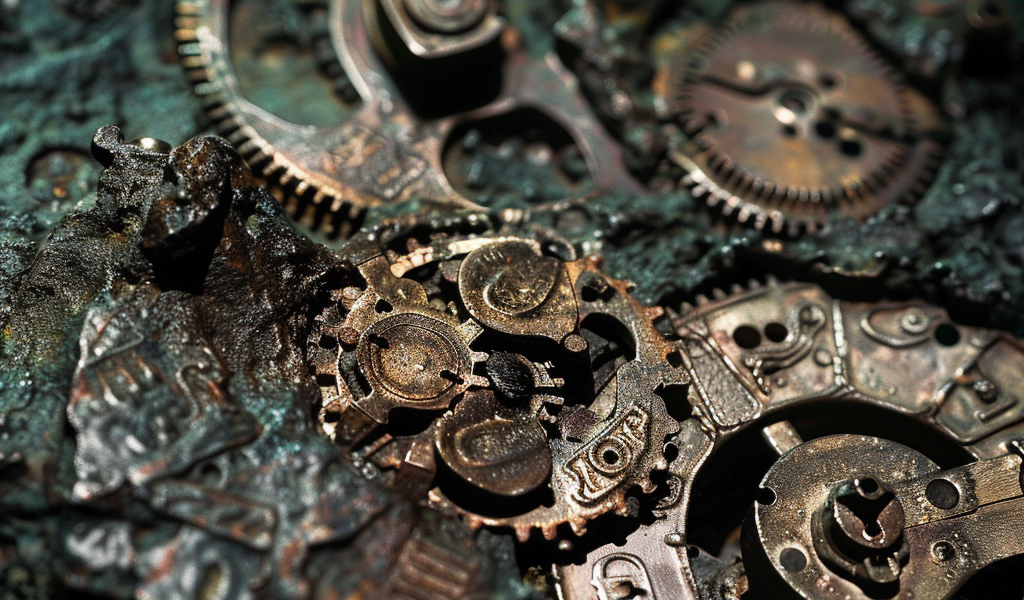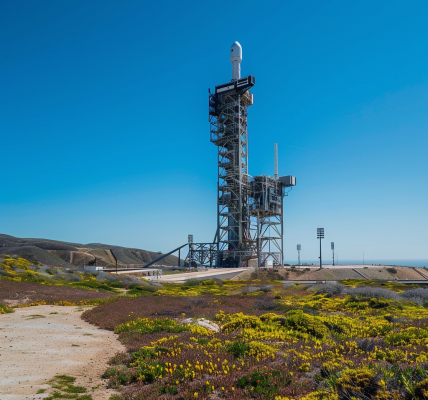A recent study published in The Horological Journal has shed new light on the Antikythera mechanism, a remarkable device crafted 2,200 years ago that continues to captivate researchers and enthusiasts alike. Discovered in 1901 on a sunken ship near a Greek island, the mechanism has long been hailed as an ancient analog computer, though its full capabilities remain shrouded in mystery.
Contrary to conventional archaeological approaches, the study’s authors, Graham Woan and Joseph Bayley from the University of Glasgow, employed techniques from gravitational wave astronomy to analyze the mechanism. Their findings challenge the prevailing belief regarding the purpose of the device’s calendar ring, a component crucial to its operation.
According to Woan and Bayley, the calendar ring originally featured 354 holes, indicating a lunar calendar with 354 days rather than the previously assumed solar calendar with 365 holes. This revelation has sparked debate among experts, with some expressing skepticism about the implications of this reinterpretation.
Dr. Woan emphasized the clarity of the evidence supporting their conclusions, despite acknowledging their status as non-specialists in Antikythera studies. The proposed lunar calendar function, if validated, would necessitate a reevaluation of existing models of the mechanism’s design and purpose.
Notably, Tony Freeth, an honorary professor at University College London and a prominent figure in Antikythera research, dismissed the study’s findings as erroneous. The divergence in interpretations underscores the ongoing intrigue and complexity surrounding the Antikythera mechanism, fueling further exploration and debate within the scholarly community.





